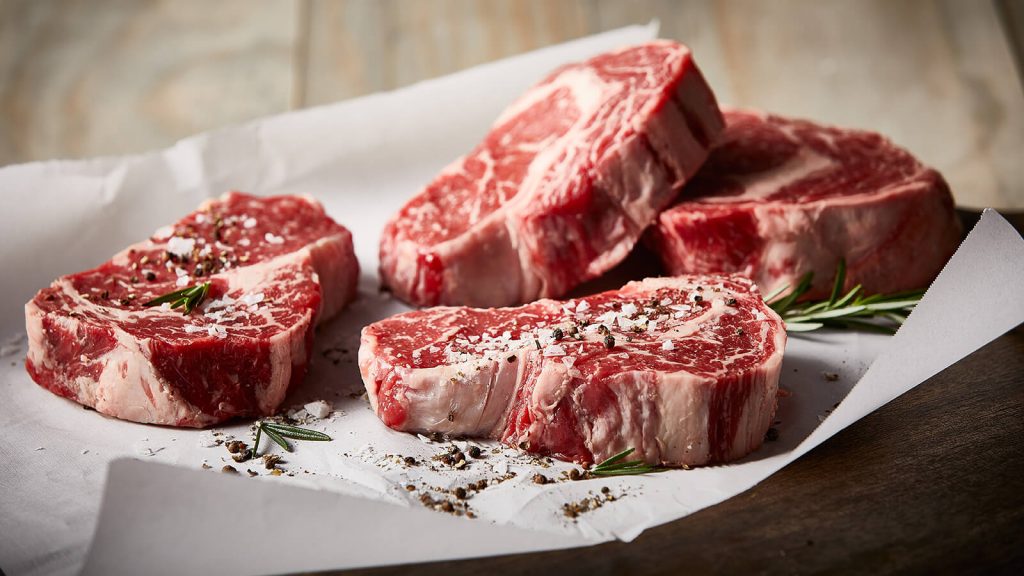
Americans are quite passionate about red meat. We are the fourth-largest per capita beef consumer nation in the whole world, trailing behind Uruguay, Argentina, and Paraguay. Burgers and steak are arguably the most popular dishes, and America is home to some of the world’s best steakhouses. A nation that loves beef makes conscious decisions about the choice of meat. Supermarket labels are often confusing, and consumers do not want to be bothered by nitty-gritty details, so this article brings a quick guide to better eating and buying.
Labeling practices, packaging information, and a whole lot of information go easily ignored. It can be hazardous since not all categories of beef are likely to suit our bodies. Each category of beef has its respective cooking method, style, and form. Not every cut is suited for steak; not every joint is ideal for smoky ribs. Understanding different classification empowers us to make the best choice when buying beef to fit our tastes and of course, budgets.
Shoppers in America did not have as many good options than they have today. A truly organic beef that was sourced without using steroids, antibiotics, growth hormones, or cannibalistic consumption of animal by-products is not a far-fetched concept today. Now you can find the ideal beef more than ever in recent history.
What is “quality” meat in America?
Grading beef is a process voluntary and subjective. Suppliers of meat must reach out to the United States Department of Agriculture to have their products graded. Inspectors at USDA carefully consider two things—cattle’s age during slaughter and the amount of marbling. The former means, the appearance of the vertebrae and the latter stands for judging by the ribeye’s appearance.
Marbling is usually the most important factor to assess quality. Color of fat also essentially plays a role. Yellow fat is the second rate, and white fat is ideal. Yellow fat is sourced from pasture-raised cattle. Marbling accounts for the intramuscular fat, the white connective tissue within muscles. It makes the meat tender on heating. But marbling cannot account for flavorful meat.
Marbling only affects one-third of meat quality. Age, exercise, diet quality slaughter conditions, breed, aging, and storage are other factors that determine meat quality.
What is USDA Prime Beef?
USDA Prime beef is a superior grading for juicy, tender, flavorful, and top-tier beef in texture. It is one of the highest merits and usually an expensive option. Prime beef is young and contains the highest degree of marbling. Less than 2% of the beef in the U.S. is certified USDA Prime. Prime beef options are usually found at juicy steakhouses, premium joints, and upscale restaurants. You are unlikely to find it at your local grocery store.
Each cut of beef is marked for its prime grade. A purple stamp signifies “USDA Prime” declaration and is easily identifiable. This mark is only visible on primal cuts. Retail packaging will specify USDA Prime certification.
Illegally misrepresenting meat grade, shield symbol, language can lead to complications. Restaurants that use the term “prime” must serve the Prime graded beef in their specific servings. Authorization of meat is responsible practice. It also allows consumers to have a clearer idea. However, meat grading is optional and does not require meat producers to seek its certification. But Prime meat that is properly packaged supplied, and label lives up to its quality.
In America, the Chicago Steak Company is a leading supplier of USDA Prime Beef. The company also offers Choice beef and is an award-winning company. Chicago Steak Company won the “Best Steak” title in People’s Choice Award chaired by the Great Steak Debate.